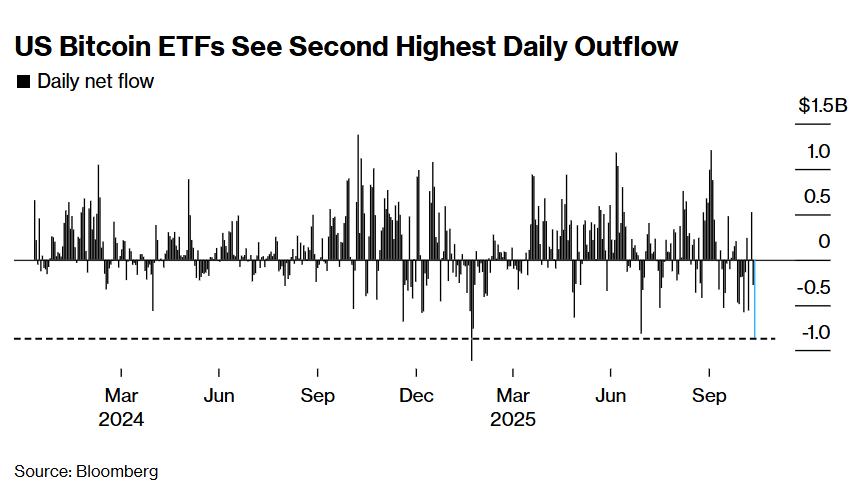Senator Lummis presents bill to insert crypto tax definitions to shield micro-payments, validation rewards
 2025/07/03 11:15
2025/07/03 11:15Senator Cynthia Lummis filed a bill on July 3 that rewrites multiple sections of the Internal Revenue Code to govern how crypto users calculate, defer, and report taxable income.
The measure inserts statutory definitions for “digital asset” and “actively traded digital asset,” classifying any cryptographically recorded unit of value as property unless it merely mirrors a traditional financial instrument.
A new §139J excludes gains or losses when tokens pay for goods or services, so long as each transaction and any attendant loss stay under $300 and a taxpayer’s annual gains from such activity do not top $5,000.
Treasury will index the dollar caps for inflation after 2026 and may deny the break if a sale’s principal purpose is loss harvesting. Taxpayers must keep dedicated books, wallets, or accounts to segregate eligible activity, and the exclusion sunsets after the 2035 tax year.
Lummis said the package “cuts through the bureaucratic red tape” and “ensures Americans can participate in the digital economy without inadvertent tax violations.”
She described the bill as fully paid for and asked stakeholders to submit comments. According to reports, the bill was first considered as an amendment to the “One Big Beautiful Bill.”
Market-facing rules
Section 1058’s securities-lending safe harbor expands to “specified assets,” a category that now includes actively traded tokens. This allows holders to loan crypto without triggering recognition events and keeps substitute payments in the lender’s tax character.
A rewritten §1091 applies wash-sale loss disallowance to digital assets and related derivatives but excludes payment stablecoins and dealer inventory. It also grants Treasury authority to police abusive basis adjustments.
Dealers and traders in actively traded tokens may elect mark-to-market treatment under a new §475(g), which brings annual fair-value accounting to crypto inventories without prior IRS approval, and limits the election to publicly quoted assets.
Mining, staking, and charitable giving
Under the proposal’s text, income from block validation is no longer included in gross income on receipt. Miners and stakers instead recognize ordinary income only when they sell reward tokens, and sourcing follows the taxpayer’s residence.
The bill also allows private foundations to accept appreciated, actively traded tokens with the same favorable deduction that applies to publicly traded stock, broadening charitable planning options for token holders.
Most operating provisions, including the mining deferral, wash-sale expansion, and mark-to-market election, are set to expire after 2035 to align with congressional budget-scoring rules.
Disclaimer: The content of this article solely reflects the author's opinion and does not represent the platform in any capacity. This article is not intended to serve as a reference for making investment decisions.
You may also like
As economic cracks deepen, bitcoin may become the next liquidity "release valve"
The US economy is showing a divided state, with financial markets booming while the real economy is declining. The manufacturing PMI continues to contract, yet the stock market is rising due to concentrated profits in technology and financial companies, resulting in balance sheet inflation. Monetary policy struggles to benefit the real economy, and fiscal policy faces difficulties. The market structure leads to low capital efficiency, widening the gap between rich and poor and increasing social discontent. Cryptocurrency is seen as a relief valve, offering open financial opportunities. The economic cycle oscillates between policy adjustments and market reactions, lacking substantial recovery. Summary generated by Mars AI. The accuracy and completeness of this summary are still being iteratively updated by the Mars AI model.

The wave of cryptocurrency liquidations continues! US Bitcoin ETF sees second highest single-day outflow in history
Due to the reassessment of Federal Reserve rate cut expectations and the fading rebound of the U.S. stock market, the crypto market continues to experience liquidations, with significant ETF capital outflows and options traders increasing bets on volatility. Institutions warn that technical support for bitcoin above $90,000 is weak.

When traditional financial markets fail, will the crypto industry become a "pressure relief valve" for liquidity?
As long as the system continues to recycle debt into asset bubbles, we will not see a true recovery—only a slow stagnation masked by rising nominal figures.

A Quiet End to 2025 Could Prime Crypto for a 2026 Breakout, Analysts Say
